Raven SR & Hyzon Motors to build up to 100 waste-to-hydrogen hubs
Green Car Congress
APRIL 28, 2021
At the hubs, which can be built at or near landfills, Raven SR will convert mixed and multiple organic wastes, including municipal solid waste, greenwaste, food waste, medical, paper, etc. This permits the control of the rotary reformer when there is water content or chemical makeup variation in the feedstock, such as in MSW.

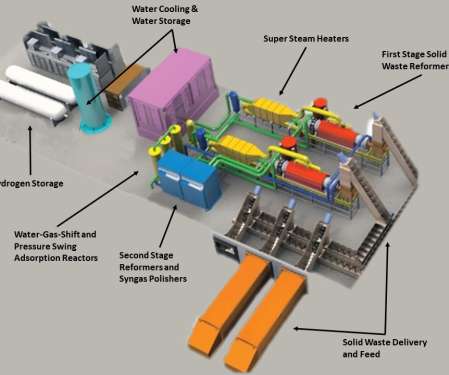




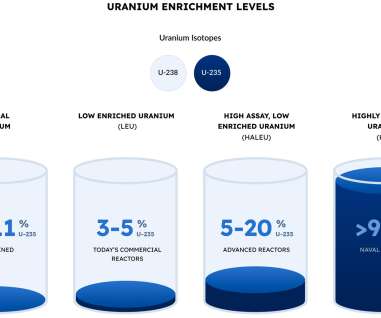
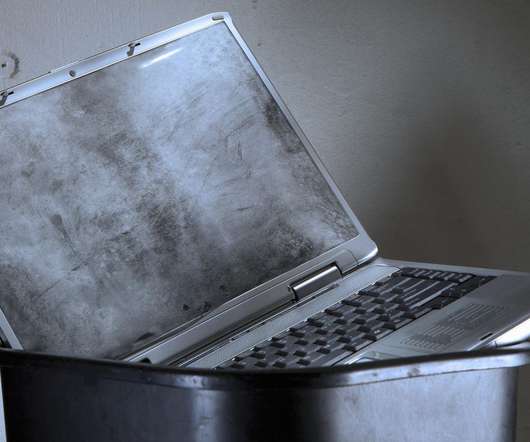


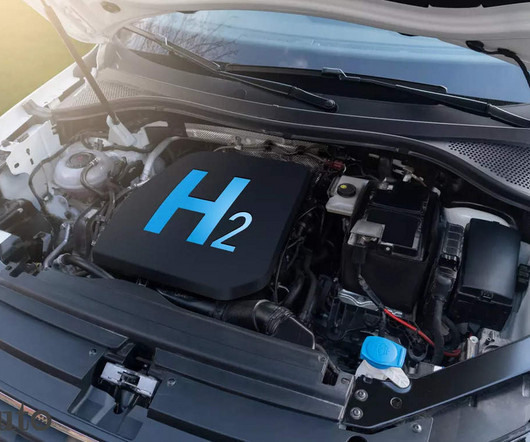


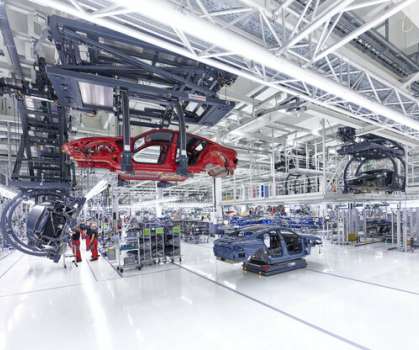


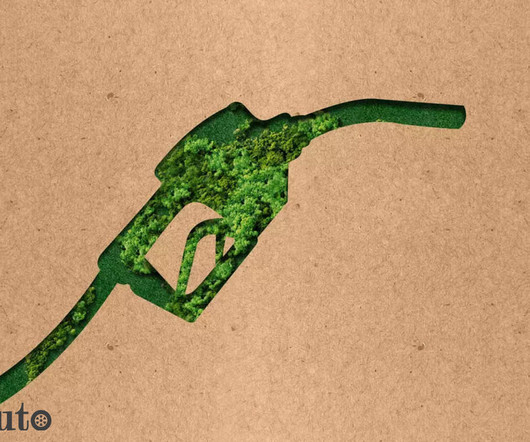
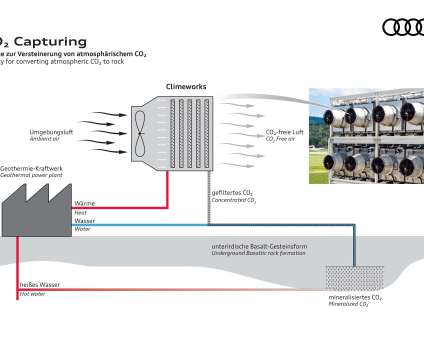


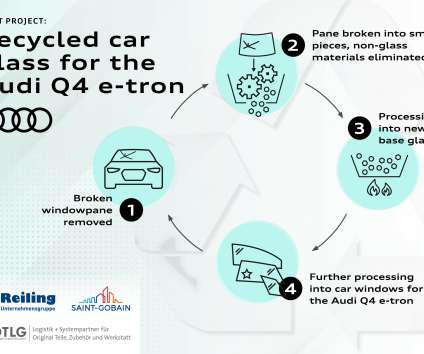

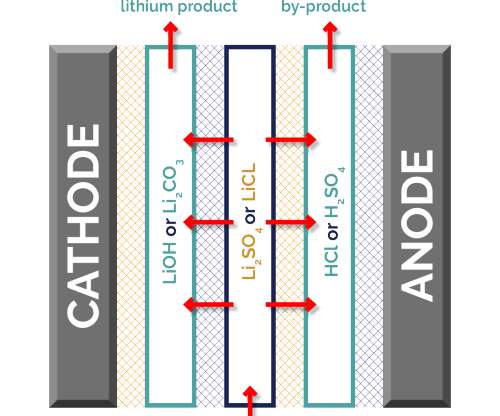



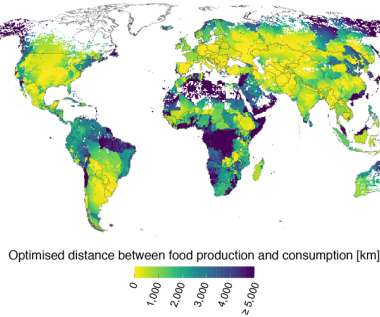

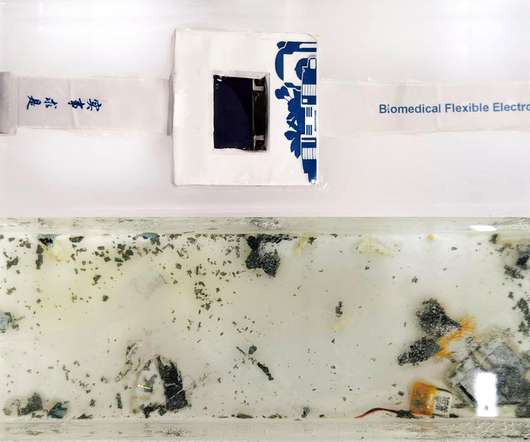
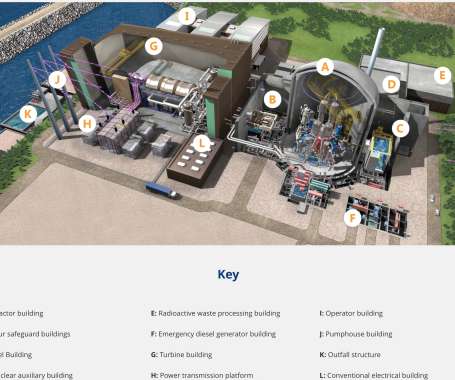
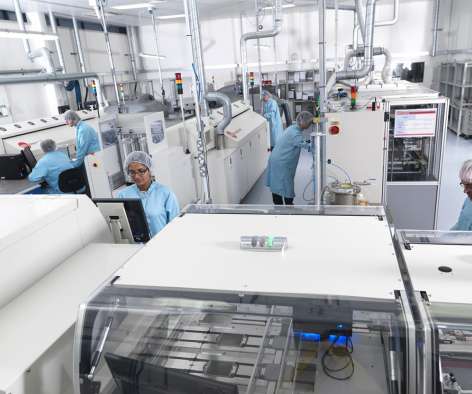


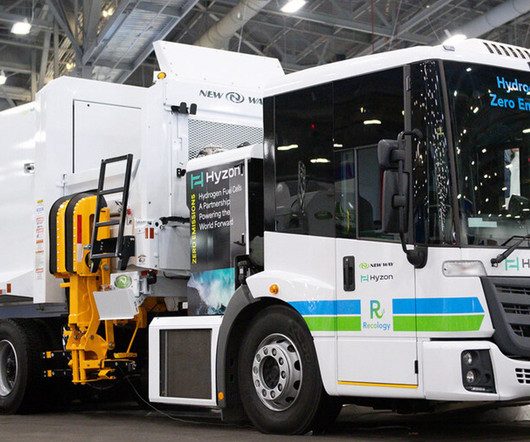










Let's personalize your content